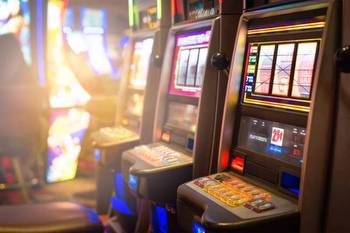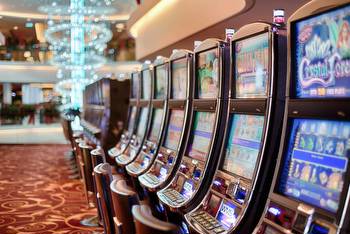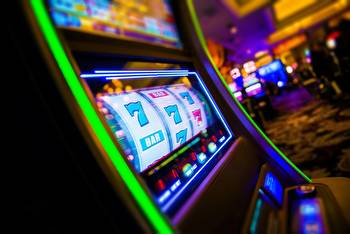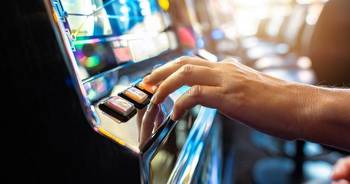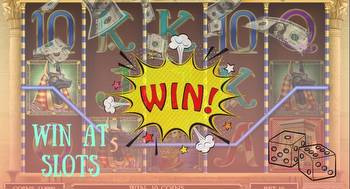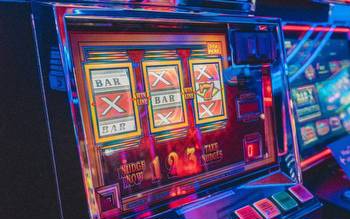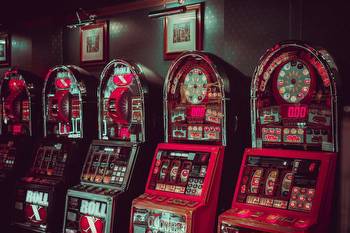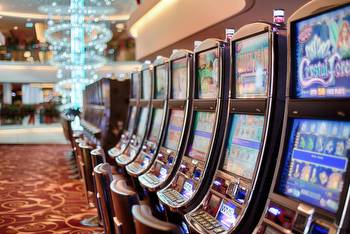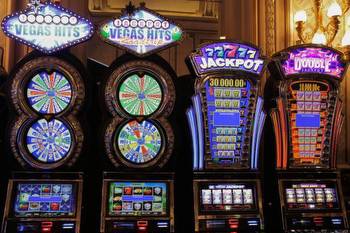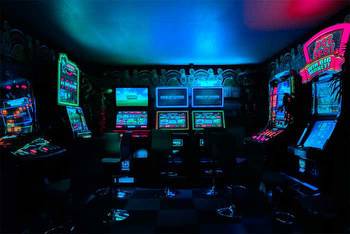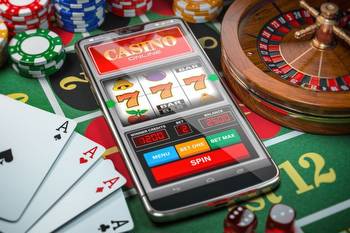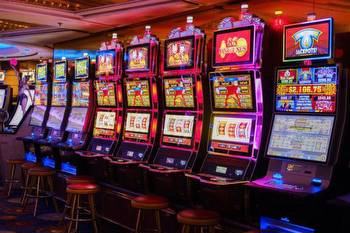How to Play Slot Machines: Tips and Guidelines
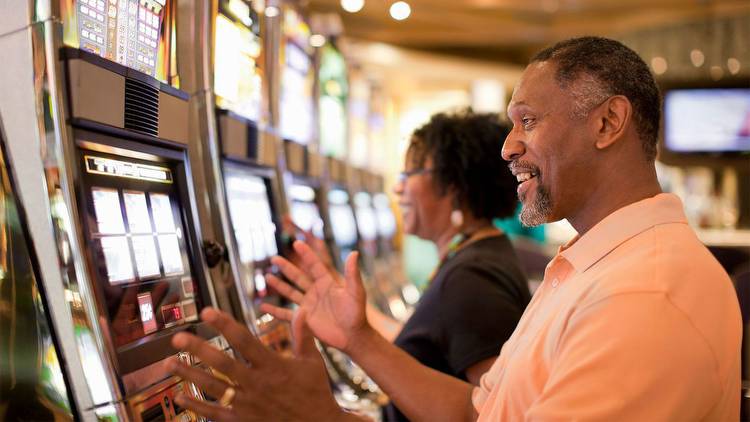
In the not-too-distant past, slot-machine players were the second-class citizens of casino customers. Jackpots were small, payout percentages were horrendous and slot players just weren't eligible for the kind of complimentary bonuses — free rooms, shows, meals — commonly given to table players. But in the last few decades the face of the casino industry has changed. Sports betting and internet gaming are growing rapidly and are becoming a larger piece of the revenue pie for casinos. But they are still no match for slot machines. Though commercial casino gaming revenue dropped in the U.S. in 2020 due to the coronavirus disease pandemic, a hefty 63 percent of that revenue came from electronic gaming devices and in many jurisdictions, that figure tops 80 percent. (The American Gaming Association considers slot machines "electronic gaming devices" and includes video poker, instant racing, and similar platforms in the category.)
Slot machines are more popular than table games for a reason. It's easy — just drop coins into the slot and push the button or pull the handle. Newcomers can find the personal interaction with dealers or other players at the tables intimidating — slot players avoid that. And besides, the biggest, most lifestyle-changing jackpots in the casino are offered on the slots.
The following article will tell you everything you need to know about slots, from the basics to various strategies. We'll start at square one, with a primer on how playing slot machines works.
How to Play
In the early days of slot machines, all of the games used mechanical reels. But now, most slot machines display reels on video screens, and they usually take and dispense payment through bills, vouchers, and tickets rather than coins or tokens. Slot machines offer several denominations, where the denomination is the value of each credit played. There are games in penny, 2-cent, nickel, 10-cent, quarter, dollar, and even $100 denominations, and some machines allow players to choose which denomination they want to use. Once you pay the machine, your money is converted into credits. Slots can take 45, 90, and even 500 credits at a time.
Once payment is inserted into the currency acceptor, the equivalent amount of credits is displayed on a meter. On reel-spinning slots, push a button marked "play one credit" until you've reached the number of coins you wish to play. Then hit the "spin reels" button, or pull the handle on those few slots that still have handles, or hit a button marked "play max credits" or "bet max," which will play the maximum credits allowed per spin on that machine.
On video slots, push one button for the number of paylines you want to activate, and a second button for the number of credits wagered per line. One common configuration has nine paylines on which you can bet 1 to 5 credits. Video slots are also available with 5, 15, 20, 25, and even 50 or more paylines, accepting up to 25 credits per line.
The symbols that stop on a payout line determine whether a player wins. The classic symbols are cherries, bars, double bars (two bars stacked atop one another), triple bars, and sevens. But there are plenty others, such as fruit, playing card symbols, and images based on the theme of the game.
A single cherry on the payout line, for example, might pay back two credits; the player might get 10 credits for three of any bars (a mixture of bars, double bars, and triple bars), 30 for three single bars, 60 for three double bars, 120 for three triple bars, and the jackpot for three sevens. However, many of the stops on each reel will be blanks, and a combination that includes blanks pays nothing. Likewise, a seven is not any bar, so a combination such as bar-seven-double bar pays nothing.
Video slots typically have representations of five reels spinning on a video screen, but there are slots with more reels. Paylines not only run straight across the reels but also run in V's, upside down V's, zigs and zags, and other configurations across the screen. — In addition, video slots usually feature bonus rounds and "scatter pays." Designated symbols trigger a scatter pay if two, three, or more of them appear on the screen, even if they're not on the same payline.
Similarly, special symbols will trigger a bonus event. For instance, the bonus may take the form of free spins, pick-a-prize interactions, or mystery bonuses. The player may be presented with a "second screen" bonus. An example of a second screen bonus comes in the long-popular WMS Gaming Slot "Jackpot Party." If three Party noisemakers appear on the video reels, the reels are replaced on the screen with a grid of packages in gift wrapping. Players touch the screen to open a package and collect a bonus payout. They may keep touching packages for more bonuses until one package finally reveals a "pooper," which ends the round. These bonus rounds helped video slots grow in popularity, but they aren't as prevalent today, as game designers experiment with format.
When you hit a winning combination, winnings will be added to the credit meter. If you wish to collect the credits showing on the meter, hit the button marked "Cash Out," and on most machines, a bar-coded ticket will be printed out that can be redeemed for cash. In a few older machines, coins still drop into a tray.
Slot Machine Etiquette
Many slot players pump money into two or more adjacent machines at a time, but if the casino is crowded and others are having difficulty finding places to play, limit yourself to one machine. As a practical matter, even in a light crowd, it's wise not to play more machines than you can watch over easily. Play too many and you could find yourself in the situation faced by the woman who was working up and down a row of six slots. She was dropping coins into machine number six while number one, on the aisle, was paying a jackpot. There was nothing she could do as a passerby scooped a handful of coins out of the first tray.
Sometimes players taking a break for the rest room will tip a chair against the machine, leave a coat on the chair, or leave some other sign that they'll be back. Take heed of these signs. A nasty confrontation could follow if you play a machine that has already been thus staked out.
Payouts
Payout percentages, or the proportion of wagers returned to players as winnings, have risen since the casinos figured out it's more profitable to hold 5 percent of a dollar than 8 percent of a quarter or 10 percent of a nickel. In most of the country, slot players can figure on about a 93 percent payout percentage, though payouts in Nevada run higher. — Keep in mind that these are long-term averages that will hold up over a sample of 100,000 to 300,000 pulls.
In the short term, anything can happen. It's not unusual to go 20 or 50 or more pulls without a single payout on a reel-spinning slot, though payouts are more frequent on video slots. Nor is it unusual for a machine to pay back 150 percent or more for several dozen pulls. But in the long run, the programmed percentages will hold up.
Since earlier slot machines were mechanical, if you knew the number of stops — symbols or blank spaces that could stop on the payout line — on each reel, you could calculate the odds on hitting the top jackpot. If a machine had three reels, each with ten stops, and one symbol on each reel was for the jackpot, then three jackpot symbols would line up, on the average, once every 10,310,310 pulls, or 1,000 pulls.
On those machines, the big payoffs were $50 or $100 — nothing like the big numbers slot players expect today. On systems that electronically link machines in several casinos, progressive jackpots reach millions of dollars.
The microprocessors driving today's machines are programmed with random-number generators that govern winning combinations. It no longer matters how many stops are on each reel. If we fitted that old three-reel, ten-stop machine with a microprocessor, we could put ten jackpot symbols on the first reel, ten on the second, and nine on the third, and still program the random-number generator so that three jackpot symbols lined up only once every 1,000 times, or 10,000 times. And on video slots, reel strips can be programmed to be as long as needed to make the odds of the game hit at a desired percentage. They are not constrained by a physical reel.
Each possible combination is assigned a number, or numbers. When the random-number generator receives a signal — anything from a button being pressed to the handle being pulled — it sets a number, and the reels stop on the corresponding combination.
Between signals, the random number generator operates continuously, running through dozens of numbers per second. This has two practical effects for slot players. First, if you leave a machine, then see someone else hit a jackpot shortly thereafter, don't fret. To hit the same jackpot, you would have needed the same split-second timing as the winner. The odds are overwhelming that if you had stayed at the machine, you would not have hit the same combination.
Second, because the combinations are random, or as close to random as is possible to set the program, the odds of hitting any particular combination are the same on every pull. If a machine is programmed to pay out its top jackpot, on the average, once every 10,000 pulls, your chances of hitting it are one in 10,000 on any given pull. If you've been standing there for days and have played 10,000 times, the odds on the next pull will still be one in 10,000. Those odds are long-term averages. In the short term, the machine could go 100,000 pulls without letting loose of the big one, or it could pay it out twice in a row.
So, is there a way to ensure that you hit it big on a slot machine? Not really, but despite the overriding elements of chance, there are some strategies you can employ. We'll cover these in the next section.









